Prepare with confidence for the Women’s Health End of Rotation (EOR) Exam with the Women’s Health EOR Exam Test Bank 2025 Edition. This comprehensive study resource features an extensive collection of authentic questions sourced directly from actual past exams, ensuring you’re practicing with material that mirrors the real test. Each question is paired with 100% correct answers and in-depth rationales crafted by expert educators, providing clarity on key concepts in obstetrics, gynecology, and women’s primary care. Designed to align with the latest PAEA (Physician Assistant Education Association) Women’s Health EOR blueprint, this test bank covers critical topics such as prenatal care, gynecologic disorders, contraception, menopause, and breast health. Whether you’re a PA student aiming to ace your rotation exam or an instructor seeking reliable teaching material, this digital download offers unparalleled accuracy and insight. Updated for 2025, it reflects the most current standards and clinical guidelines, giving you a competitive edge. Instantly downloadable in PDF format, this test bank is your ultimate tool for mastering the complexities of women’s health and achieving exam success
Preview
1. A 28-year-old woman presents with heavy menstrual bleeding for the past 6 months. She has no other
symptoms. Pelvic exam reveals a normal-sized uterus. What is the most likely diagnosis?
A) Endometriosis
B) Uterine fibroids
C) Dysfunctional uterine bleeding (DUB)
D) Polycystic ovary syndrome (PCOS)
Correct Answer: C) Dysfunctional uterine bleeding (DUB)
Rationale: DUB is abnormal uterine bleeding not caused by structural abnormalities, often due to
anovulation. A normal-sized uterus rules out fibroids, and the lack of pelvic pain or other symptoms
makes endometriosis or PCOS less likely.
2. A 32-year-old G2P1 at 28 weeks gestation has a glucose challenge test result of 150 mg/dL. What is
the next step?
A) Reassure and repeat at 32 weeks
B) Begin insulin therapy
C) Perform a 3-hour glucose tolerance test
D) Diagnose gestational diabetes
Correct Answer: C) Perform a 3-hour glucose tolerance test
Rationale: A 1-hour glucose challenge test result ≥140 mg/dL requires a 3-hour glucose tolerance test to
confirm gestational diabetes. Two or more abnormal values on the 3-hour test are diagnostic.
3. A 45-year-old woman reports hot flashes and irregular periods for the past year. Her FSH level is 40
IU/L. What is the most likely diagnosis?
A) Premature ovarian failure
B) Perimenopause
C) Hypothyroidism
D) Pituitary adenoma
Correct Answer: B) Perimenopause
Rationale: Hot flashes, irregular periods, and an elevated FSH level (typically >25 IU/L) are characteristic
of perimenopause, the transition to menopause. Premature ovarian failure occurs before age 40.
4. A 24-year-old woman presents with painful vesicles on her vulva and inguinal lymphadenopathy. What
is the most appropriate treatment?
A) Ceftriaxone
B) Metronidazole
C) Valacyclovir
D) Fluconazole
Correct Answer: C) Valacyclovir
Rationale: Painful genital vesicles and lymphadenopathy suggest herpes simplex virus (HSV).
Valacyclovir, an antiviral, is the treatment of choice to reduce symptom duration and viral shedding.
5. A 35-year-old woman with a history of irregular menses and hirsutism is found to have multiple
ovarian cysts on ultrasound. What is the most likely diagnosis?
A) Endometriosis
B) Polycystic ovary syndrome (PCOS)
C) Ovarian cancer
D) Uterine fibroids
Correct Answer: B) Polycystic ovary syndrome (PCOS)
Rationale: Irregular menses, hirsutism, and ovarian cysts are hallmarks of PCOS, a common endocrine
disorder. Endometriosis typically presents with pelvic pain, and ovarian cancer is less likely in this age
group without other red flags.
symptoms. Pelvic exam reveals a normal-sized uterus. What is the most likely diagnosis?
A) Endometriosis
B) Uterine fibroids
C) Dysfunctional uterine bleeding (DUB)
D) Polycystic ovary syndrome (PCOS)
Correct Answer: C) Dysfunctional uterine bleeding (DUB)
Rationale: DUB is abnormal uterine bleeding not caused by structural abnormalities, often due to
anovulation. A normal-sized uterus rules out fibroids, and the lack of pelvic pain or other symptoms
makes endometriosis or PCOS less likely.
2. A 32-year-old G2P1 at 28 weeks gestation has a glucose challenge test result of 150 mg/dL. What is
the next step?
A) Reassure and repeat at 32 weeks
B) Begin insulin therapy
C) Perform a 3-hour glucose tolerance test
D) Diagnose gestational diabetes
Correct Answer: C) Perform a 3-hour glucose tolerance test
Rationale: A 1-hour glucose challenge test result ≥140 mg/dL requires a 3-hour glucose tolerance test to
confirm gestational diabetes. Two or more abnormal values on the 3-hour test are diagnostic.
3. A 45-year-old woman reports hot flashes and irregular periods for the past year. Her FSH level is 40
IU/L. What is the most likely diagnosis?
A) Premature ovarian failure
B) Perimenopause
C) Hypothyroidism
D) Pituitary adenoma
Correct Answer: B) Perimenopause
Rationale: Hot flashes, irregular periods, and an elevated FSH level (typically >25 IU/L) are characteristic
of perimenopause, the transition to menopause. Premature ovarian failure occurs before age 40.
4. A 24-year-old woman presents with painful vesicles on her vulva and inguinal lymphadenopathy. What
is the most appropriate treatment?
A) Ceftriaxone
B) Metronidazole
C) Valacyclovir
D) Fluconazole
Correct Answer: C) Valacyclovir
Rationale: Painful genital vesicles and lymphadenopathy suggest herpes simplex virus (HSV).
Valacyclovir, an antiviral, is the treatment of choice to reduce symptom duration and viral shedding.
5. A 35-year-old woman with a history of irregular menses and hirsutism is found to have multiple
ovarian cysts on ultrasound. What is the most likely diagnosis?
A) Endometriosis
B) Polycystic ovary syndrome (PCOS)
C) Ovarian cancer
D) Uterine fibroids
Correct Answer: B) Polycystic ovary syndrome (PCOS)
Rationale: Irregular menses, hirsutism, and ovarian cysts are hallmarks of PCOS, a common endocrine
disorder. Endometriosis typically presents with pelvic pain, and ovarian cancer is less likely in this age
group without other red flags.

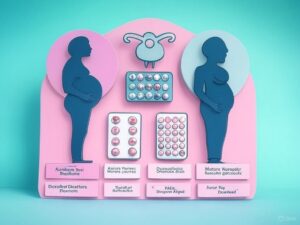



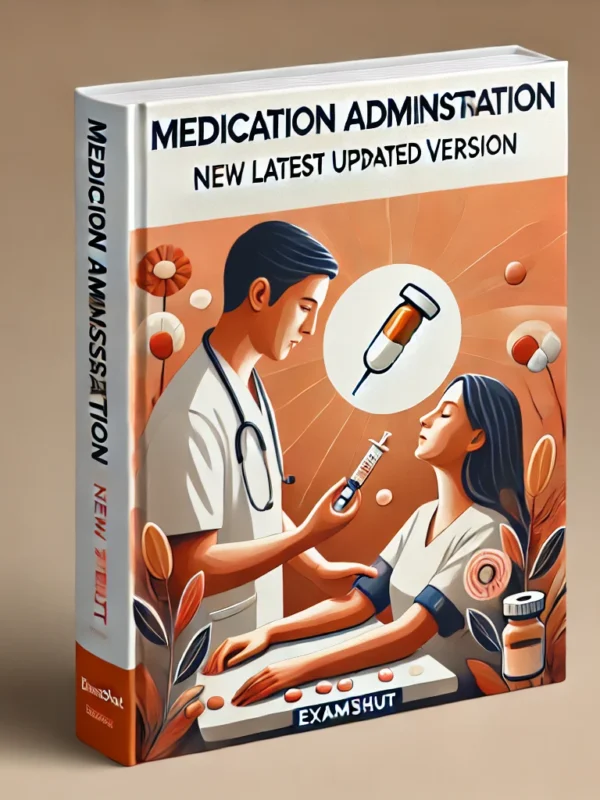
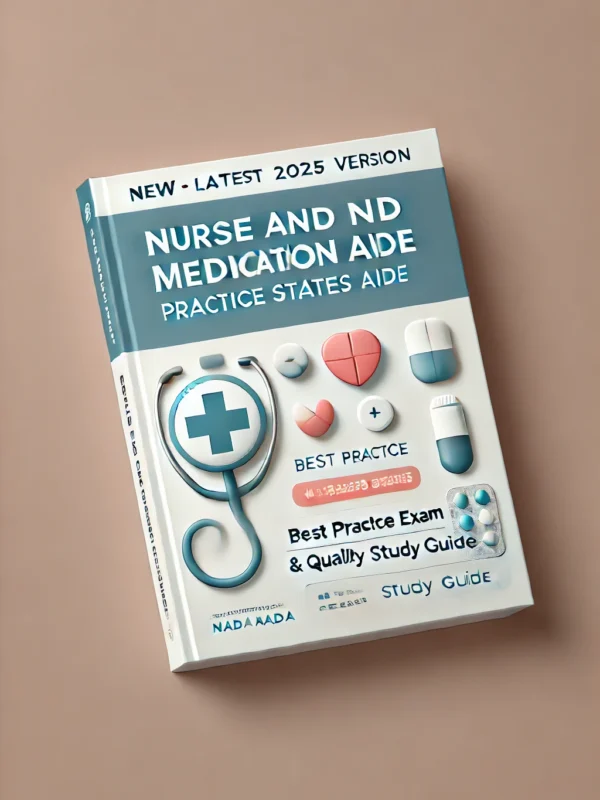

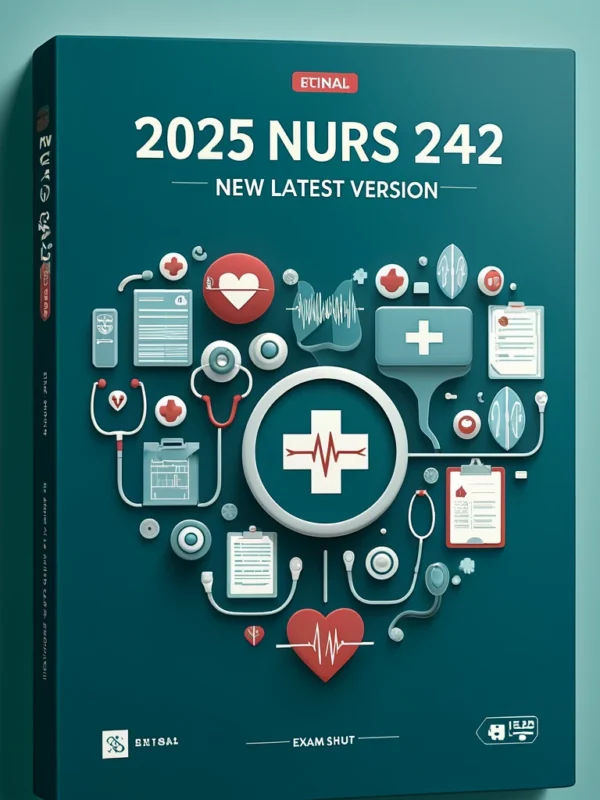
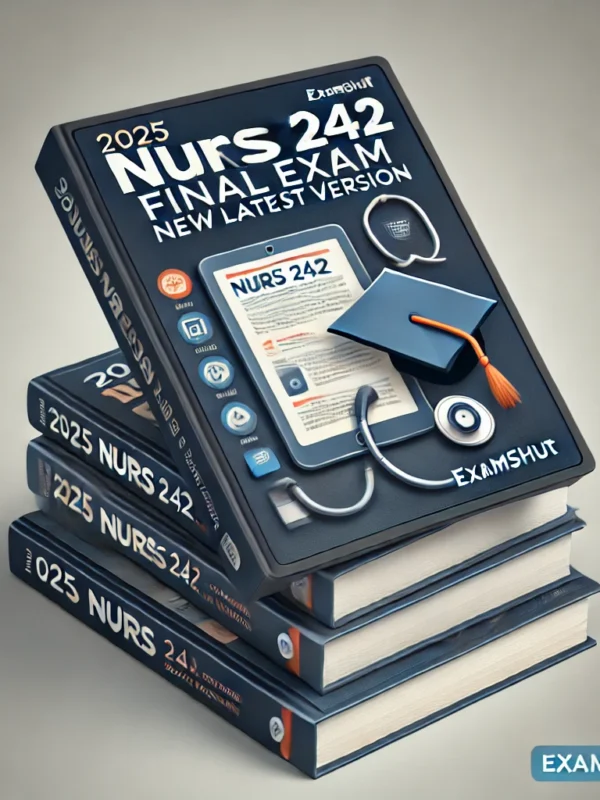

Reviews
There are no reviews yet.